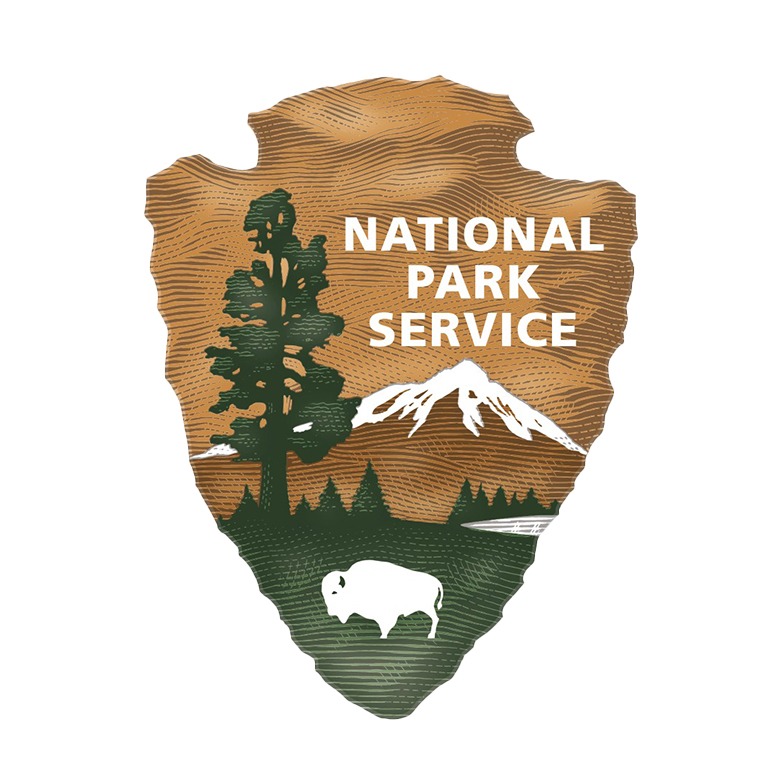Project overview: Work toward saving endangered Sierra Nevada bighorns by translocating individuals, tracking populations, and building resilience in three Yosemite-area herds of wild sheep.
How your support helps: Sierra Nevada bighorn sheep live only in their namesake mountain range. They are slowly reclaiming a foothold in those high peaks after decades on the edge of extinction.
Sierra Nevada bighorn sheep vanished from Yosemite in 1914, due largely to disease, hunting, and predation. Long before the species was declared federally endangered in 2000, efforts were underway to save the Sierra’s wild sheep. In the 1980s, with support from Conservancy donors, the National Park Service reintroduced Sierra Nevada bighorn sheep near Yosemite’s eastern border, establishing herds on Mt. Warren and Mt. Gibbs. In 2015, again with donors’ assistance, biologists helped establish a third bighorn herd in the Cathedral Range, marking a milestone: the first wild sheep in the heart of the Yosemite Wilderness in more than 100 years.
Since then, our supporters have helped pursue the long-term goal of survival and self-sufficiency among Sierra Nevada bighorns. Scientists monitor the sheep, both remotely and through fieldwork, carefully bring in rams and ewes from other parts of the species’ range, and work to educate the public about the bighorns’ story. In 2021, surveys found 18 lambs across three herds — a welcome sign after unusually harsh winters in recent years, which threatened the sheep’s survival.
This year: This year, your support will enable the bighorn team to respond to winter mortalities via potential bighorn translocations, tracking population fluctuations and habitat use, and communicating this species’ incredible survival story to the public. This project will boost the herds’ long-term persistence and ensure bighorns are one step closer to removal from the endangered species list.
Project partners: Yosemite National Park and California Department of Fish and Wildlife

